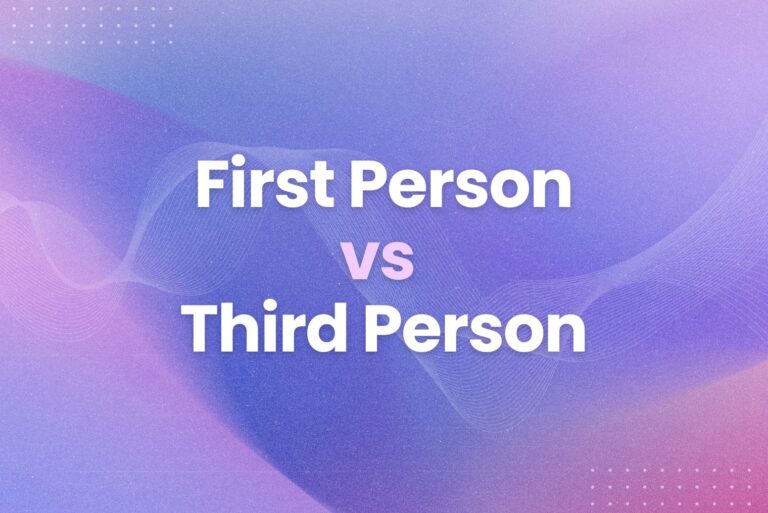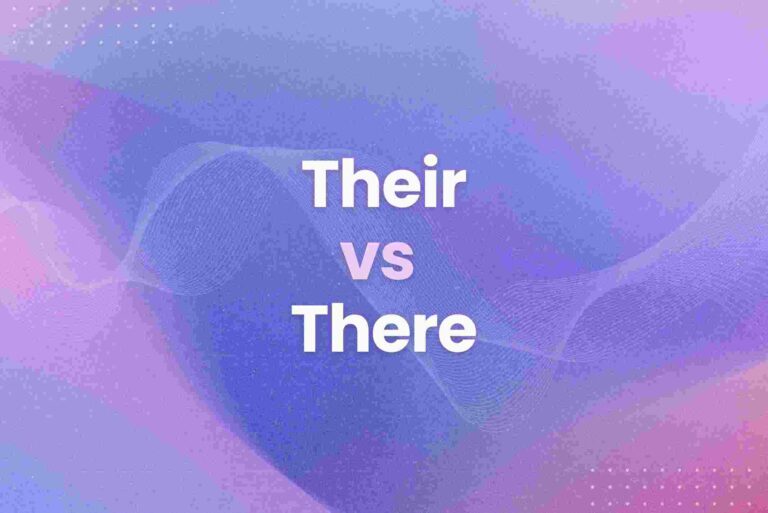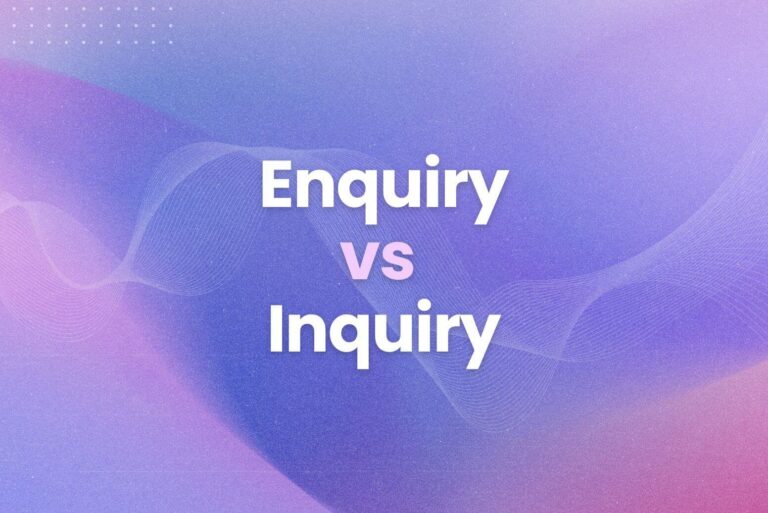Adverse vs Averse: Stop Mixing Them Up! (Simple Explanation)
Words can be tricky. They can sound similar but have completely different meanings. “Adverse vs Averse” is a perfect example. These two words trip people up all the time. And mixing them up can change the meaning of what you’re trying to say. But don’t worry, we’re here to help.
This post will break down the difference between adverse vs averse. We’ll give you clear definitions, examples, and simple memory aids. Therefore, you’ll be able to use these words with confidence.
Here’s what we’ll cover:
- First of all, the meanings of “adverse” and “averse”
- Secondly, examples of how to use each word correctly
- Then, some memory tricks to help you distinguish between them
- In the end, common mistakes to avoid
The Meanings of “Adverse” and “Averse”
Let’s get straight to the point. “Adverse” and “averse” are not interchangeable. They have distinct meanings and uses. So, understanding the difference is key to clear communication.
- Adverse: This word describes something harmful or unfavorable. Think of it as the negative side of things. For instance, “adverse weather conditions” means bad weather. Similarly, an “adverse reaction” to medication is a negative side effect. It’s all about the negative impact. Adverse is an adjective.
- Averse: This word describes a feeling of opposition or dislike. It’s about how someone feels about something. For example, “I am averse to spicy food” means I dislike spicy food. Likewise, someone might be “averse to change,” meaning they don’t like change. Averse is also an adjective, and it’s often used with the preposition to.
In short, “adverse” describes conditions or effects, while “averse” describes feelings or attitudes. Think adverse = affecting negatively, and averse = against something.
Examples of How to Use Each Word Correctly
Now that we’ve covered the definitions, let’s see these words in action. Seeing them used correctly will solidify your understanding. Here are some examples, split by word, to show you how they work.
Adverse Examples
- The adverse effects of the storm included flooding and power outages. (Negative effects)
- Adverse publicity damaged the company’s reputation. (Harmful publicity)
- The doctor warned about potential adverse reactions to the new medication. (Negative reactions)
- High interest rates can have an adverse impact on the housing market. (Negative impact)
- Despite the adverse circumstances, the team managed to win. (Difficult circumstances)
Notice how “adverse” always describes something negative happening. It’s never about a feeling.
Averse Examples
- I am averse to long commutes. (Dislike of long commutes)
- Many people are averse to change. (Dislike of change)
- She is averse to public speaking. (Dislike of public speaking)
- He was averse to the idea of moving to a new city. (Dislike of the idea)
- While I enjoy some fruits, I’m averse to grapefruit. (Dislike of grapefruit)
In the end, with “averse,” the focus is always on the feeling of dislike or opposition. It’s about someone’s attitude toward something. Also, remember that “averse” is often followed by the preposition “to.” This is a helpful clue.
Memory Tricks to Help You Distinguish Between Them
So, you’ve got the definitions and examples. But how do you remember which word is which? Don’t worry. We’ve got some handy memory tricks. These will help you keep “adverse” and “averse” straight.
- Adverse = Affecting: Think of “adverse” as affecting something negatively. Adverse conditions affect your plans. And, adverse effects affect your health. See the connection? Both start with “a”. This link can be your mental shortcut.
- Averse = Against: “Averse” sounds a bit like “against.” And that’s exactly what it means – against something you dislike. You’re averse to something you’re against. This connection, along with the common use of “to” after averse, should help you remember.
- Visualize: Picture a stormy scene for “adverse” – dark clouds, strong winds, things being affected negatively. Then, picture someone turning their nose up at a plate of food they dislike for “averse” – showing their feeling against it. Visual associations can be powerful.
So, the best way to remember is to use the words yourself. Write sentences, tell stories, or even just talk to yourself using “adverse” and “averse” correctly. The more you use them, the more natural they’ll become.
In addition, you can always use a grammar tool like Arvin to double-check your work. Arvin can quickly analyze your text and point out any errors. This helps reinforce the correct usage and build your confidence.
Common Mistakes to Avoid
Even with definitions and memory tricks, it’s easy to slip up. Here are some common mistakes people make with “adverse” and “averse,” so you can avoid them.
- Mixing up the prepositions: “Averse” is almost always followed by the preposition “to.” You’re averse to something. “Adverse,” on the other hand, doesn’t take any specific preposition. So, it’s “adverse effects,” not “adverse to effects.”
- Focusing on the sound: “Adverse” and “averse” sound very similar. This is the main reason for confusion. Don’t just rely on how they sound. Focus on their meanings. If you’re unsure, take a moment to think about which meaning fits the situation.
- Overgeneralizing: Some people try to use “adverse” for everything negative. While it’s true that “adverse” always has a negative connotation, it’s specifically about harmful effects or conditions. If you’re talking about a feeling of dislike, you need “averse.”
- Not checking your work: We all make mistakes. The key is to catch them. Before you send an important email or submit a paper, proofread carefully. Look specifically for “adverse” and “averse” to make sure you’ve used them correctly.
Adverse vs Averse: Write with Confidence, Every Time
Adverse vs averse can be tricky, but they don’t have to be. With a little understanding and some helpful memory tricks, you can master these words. Therefore, your writing will be clearer and more precise.
Here’s a quick recap of what we covered:
- Firstly, adverse describes harmful or unfavorable conditions or effects.
- Secondly, averse describes a feeling of opposition or dislike.
- Then, remember: Adverse = Affecting (negatively), Averse = Against.
- Also, averse is often followed by the preposition “to.”
- Lastly, practice makes perfect. The more you use these words, the easier they’ll become.
Now, you might be thinking, “This is great, but what if I still make a mistake?” That’s where Arvin comes in. Arvin, the AI-powered browser extension, is like a safety net for your writing.
It can quickly check your grammar and word choice, including those tricky adverse vs averse situations. So, you can write with confidence, knowing that Arvin is there to catch any errors. It’s like having a second pair of eyes, ensuring your communication is always clear and on point.
FAQs
What is the difference between averse and adverse?
In short, “adverse” describes something harmful or unfavorable, like adverse weather conditions. “Averse,” on the other hand, describes a feeling of opposition or dislike, as in “I am averse to spicy food.” Therefore, the key difference lies in whether you’re describing a negative thing or a negative feeling.
What is the difference between adverse and averse AP styles?
The Associated Press (AP) Stylebook doesn’t have any special rules for “adverse” and “averse.” Consequently, the general definitions and usage guidelines we’ve discussed still apply. Just make sure to consult the latest edition of the AP Stylebook for any other grammar or style questions.
Is it adverse or averse conflict?
It depends on what you mean. If you’re talking about a conflict that is harmful or unfavorable, then you would use “adverse.” For example, “The adverse conflict damaged the company’s reputation.” However, if you’re describing someone who dislikes conflict, you would use “averse.” For instance, “He is averse to conflict.”
What does it mean if someone is averse?
If someone is averse to something, it means they have a strong dislike or opposition to it. For example, if someone is averse to public speaking, they dislike speaking in front of an audience. Similarly, if they are averse to change, they dislike changes in their routine or environment. Essentially, it indicates an aversion or a strong dislike.





